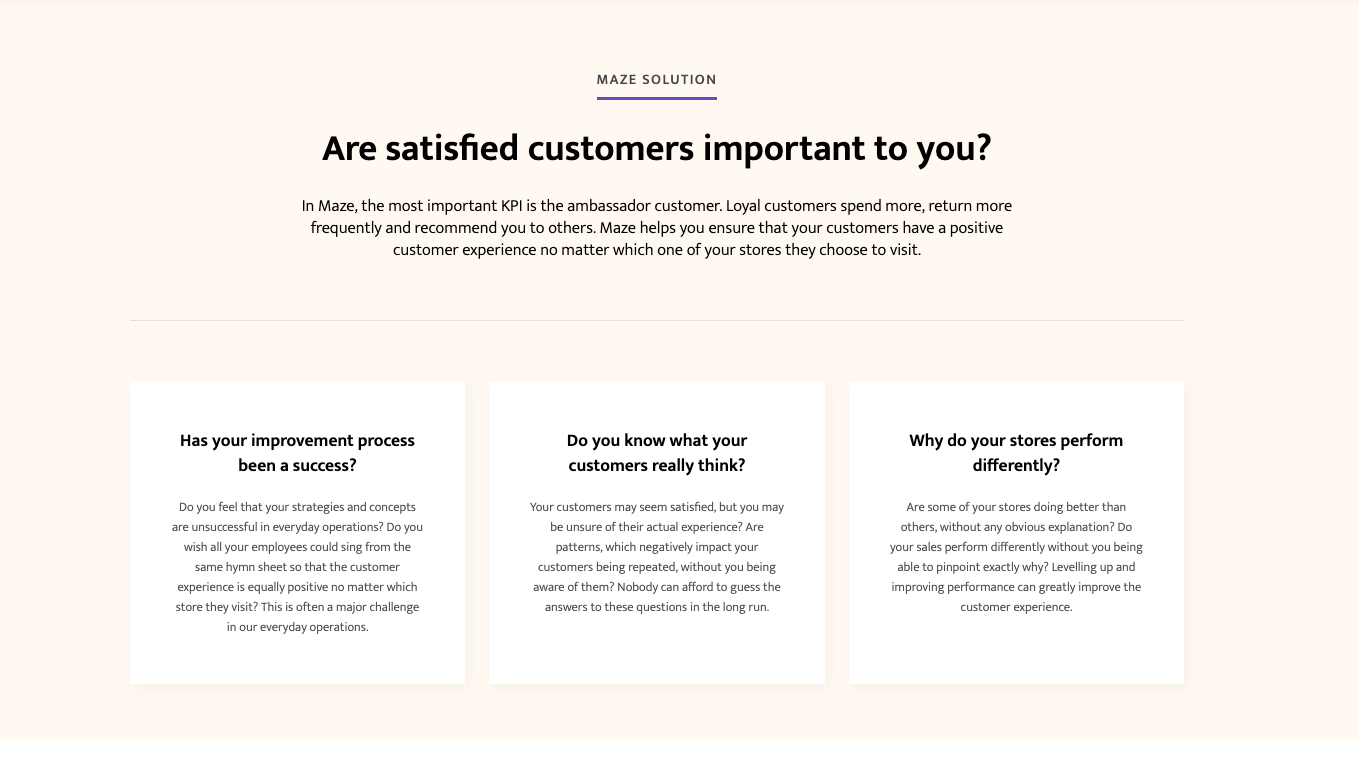Project Description

Three ways of building a cost-efficient and secure IT management system
CLIENT: Doidea, Sweden
PUBLISHED: Nexus Website
ORIGINAL ARTICLE: Build a cost-efficient IT system
CREATED: July 2018
AUTHOR: Fallon Dasey
IT departments are being asked to do more with less, despite a growing list of challenges and threats. Under such circumstances, it is vital that IT management systems are optimized to reduce costs while ensuring security.
IT departments are being asked to do more with less, despite a growing list of challenges and threats. Under such circumstances, it is vital that IT management systems are optimized to reduce costs while ensuring security.
One way to achieve this is to empower your IT staff with a comprehensive automated IT management system and user-centered self-service tools. This approach minimizes the time you need to spend on routine maintenance, remediation tasks and simple user requests, and allows you to focus your IT resources elsewhere.
Another key is to embrace the new generation of enterprise-grade security tools designed to increase your IT defences and to ensure data does not fall into the wrong hands.
Multi-factor authentication and single sign-on
Identity and trust are at the heart of a secure IT management system. Multi-factor authentication extends proof of identity beyond a simple login and password and can even let businesses completely do away with the hassles of password management.
To use two-factor authentication, users typically need to provide two pieces of identifying information from three possible categories. These categories are: ‘something they know’, such as a password; ‘something they have’ such as a mobile phone or a Smart ID card; and ‘something they are’, such as a finger print or a retina scan. Users need to present two forms of confirmation in order to gain access to a system; one is not enough.
Meanwhile, a single sign-on approach allows users to authenticate once and then access multiple websites, systems or applications without needing to login again. Building on this, identity federation allows multiple identities in different systems to be connected, streamlining the authentication process and better managing security credentials. Thankfully, a single sign-on approach can be enabled on legacy systems, even if they don’t support federated identity management.
Physical and digital access control
These days, robust business IT security needs to extend beyond identity management and into the physical world. Access control does much more than simply authorize access to the building.
Beyond providing visual security and opening doors, a Smart ID card can let users access systems, digitally sign transactions, make payments, and use services like follow-me printing. Cards can incorporate technologies such as contactless RFID and public key infrastructure (PKI) security chips.
By combining your digital and physical access control under a single system, perhaps managed by a single Smart ID card, you can reduce user management headaches while saving time and money. This approach also produces a single view of the business with unified security logs, rather than a fragmented security management approach involving data duplication and reconciliation problems. A unified approach also allows you to update, review, and revoke business-wide user security access from a single system.
Automation and self-service
One way to build a cost-efficient IT management system is to help users help themselves via self-service portals.
IT self-service systems can be integrated with robust digital and physical access control and allow users to resolve many issues without calling upon the IT department. Password resets are an obvious candidate for self-service, significantly reducing the load on your IT helpdesk. (However, in the longer term it is recommended that passwords themselves be phased out in favor of more secure forms of 2FA.) Building on this, other identity management tasks can be shifted to a self-service model.
Meanwhile, automation can also take the load off your IT staff, taking care of routine maintenance and other tasks which chew through an inordinate amount of your IT budget. As a result, your people can spend less time keeping the lights on and more time adding value to the business.



